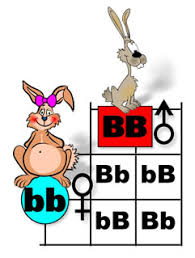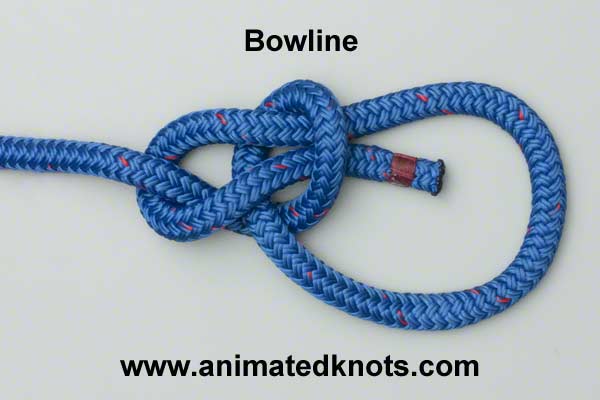Wow, what a cool experience! We finally got to put all our teaching theory into good use, and I feel so much more excited to keep working hard and improving. Oh course I definitely had some rough points at times during those three days, but overall, I had a ton of fun and I'm feeling like I am on the right track.

I taught Ms. Hack's 2nd period Animal Science class a 3-day unit on Rabbit Management. While preparing these lessons, I had a difficult time making rabbits exciting without an actual rabbit, but the help of a 4-H rabbit kit (thanks to Quinn), a lot of brainstorming, and some coaching, it was anything but boring.
Day 1: Rabbit parts and breeds
I was so nervous I couldn't even sleep the night before. I felt that no amount of riding lessons or clinics could prepare me for THIS experience! I was terrified, no matter how much I prepared. Within 10 minutes of the start of class, 'the calm' settled in...YES! Despite flying through the material in the beginning (probably because of nerves) and a student giving me a fake name, the rest of the class period was A LOT of fun. It left me feeling motivated and excited about what I was doing.
Day 2: Rabbit selection and the Punnett Square

Coming into this day, I was confident about the class in general, but a bit worried about how the class would fare with the Punnett Square. They came in tired and quiet, but as an interest approach, we picked skittles out of cups to determine the 'traits' of a rabbit face. They ended the activity with some crazy-looking bunnies drawn and a little bit of sugar. Oh...and I had their interest for sure. Despite the negative attitude in the beginning of class about Punnett Squares, they were ready to learn and were very engaged! I could have explained the Punnett Square with more clarity, but they still understood the concept.
Day 3: Rabbit care and quiz
Everything went OK this day, but not like I planned. My YouTube interest approach did not go through, so I started without an interest approach. What a difference in class energy compared to the day before!
I like energy; therefore interest approaches = super important! They designed their own rabbit hutch and a management plan for their rabbits and got so involved that we ran out of time to review for the quiz. It wasn't ideal, but it worked just fine. The students did great on the quiz. BUT...my proudest moments were when they were disappointed that this was my last day and reading their positive 'Learner Satisfaction Forms.' :) What a good group of kids.
What things are working?
I'm fortunate to be blessed with a lot of energy and a generally positive mindset, so this flows nicely into my teaching. Students commented "energetic, friendly, encouraging" and "she was happy during everything and taught us in a good understanding way" and "I could really understand her and she had us participate." My supervisors noted the excellent use of positive reinforcement and proximity control.
What things aren't working...yet?
Things went well overall, but we all have a lot to learn. I need to work on my flow by improving my transitions and stating WHY we need to learn the material. Also improving instructions will make things flow better by starting with a signal word, naming the task, declaring the time, and signaling them to go. My questioning could also use improvement. With higher level questions, I will be better able to increase the rigor of the material and create a better flow.
"Well that's all folks!"










